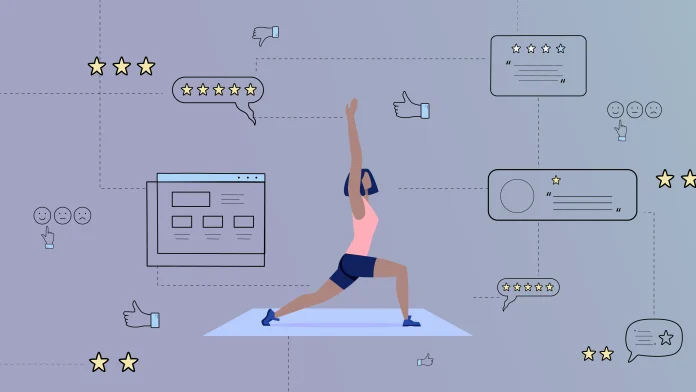Written by Juan Bautista Leofanti (Sports Coach, Physical Performance Training & Optimizing Specialist)
When we talk about workplace health, the conversation usually centers around health insurance, sick leave policies, or ergonomic furniture. But there’s another essential component that often gets overlooked: movement—not just as a wellness initiative, but as a strategic driver of long-term performance and well-being.
Incorporating regular physical activity into the workday isn’t simply about offering a midday “stretch break.” It’s about fostering a workplace culture that recognizes employees as whole individuals—where the body, mind, and emotions are deeply interconnected and equally valued.
When organizations truly invest in the well-being of their people, the benefits are tangible. The results show up not only in performance metrics but also in the everyday energy, motivation, and human connection that shape the work experience.
How Movement Enhances Mental Clarity and Emotional Resilience
We know that a sedentary lifestyle can harm physical health. But its effects run deeper—it impairs focus, drains energy, and disrupts emotional balance. Brain fog, irritability, and chronic fatigue are often symptoms of prolonged inactivity—and they inevitably show up in meetings, in teamwork, and in how we relate to one another.
By contrast, regular, well-structured movement acts as a natural reset. It eases muscular and emotional tension, improves hormonal balance, and activates brain regions linked to memory, concentration, and decision-making.
Put simply: a body in motion supports a clearer mind and more balanced emotions. In the workplace, this means sharper focus, better collaboration, and a more energized and engaged team.
According to the World Health Organization, people who engage in regular physical activity are significantly less likely to experience symptoms of depression and anxiety and report more energy throughout the workday.
From Personal Well-Being to Enhanced Team Performance
A workplace wellness initiative shouldn’t be reduced to a weekly workout session. The real shift happens when movement is integrated into the company’s rhythm—when it’s not another task on the agenda but a built-in part of the culture. This shift reframes movement not as a cost, but as a meaningful investment in productivity, morale, and long-term well-being.
People perform better when they feel well. But more importantly, when that well-being is actively supported by their employer—not just allowed—they feel seen, valued, and more connected to the organization.
A RAND Europe study found that workplace wellness programs can reduce absenteeism by up to 32% and decrease employee turnover by 10%. Beyond the statistics, the deeper transformation lies in how employees feel: respected, supported, and motivated—not just to work, but to grow.
The Business Case for Movement: ROI, Productivity, and Health Outcomes
The numbers speak for themselves: for every dollar invested in workplace physical wellness, companies gain an estimated return of $3 to $6. This comes through lower absenteeism, improved performance, and reduced healthcare costs.
- Companies that implement physical activity programs spend 25% less on healthcare related to chronic conditions like type 2 diabetes, hypertension, and musculoskeletal disorders.
- According to Gallup, 89% of employees say they value companies that genuinely promote holistic health—not just through policies, but through day-to-day practices.
Final Thoughts: A Workplace That Moves Is a Workplace That Cares
Promoting physical activity in the workplace isn’t just a wellness trend—it’s a powerful act of care. It signals a company’s commitment to a more human way of working—one that doesn’t push people to their limits, but supports them in staying present, healthy, and fully engaged.
Today’s workforce is looking for more than just a paycheck. They want to contribute without burning out, to grow without sacrificing their well-being, and to be part of a culture that values how they feel—not just what they produce.
Because sustainable motivation starts with well-being. And well-being requires attention to the whole person—body, mind, and spirit.
Encouraging movement at work isn’t a luxury or an optional perk. It’s a clear message: We care about how you feel, not just about how you perform. And when people feel that care, they respond with what matters most: their presence, their creativity, and their true commitment.





